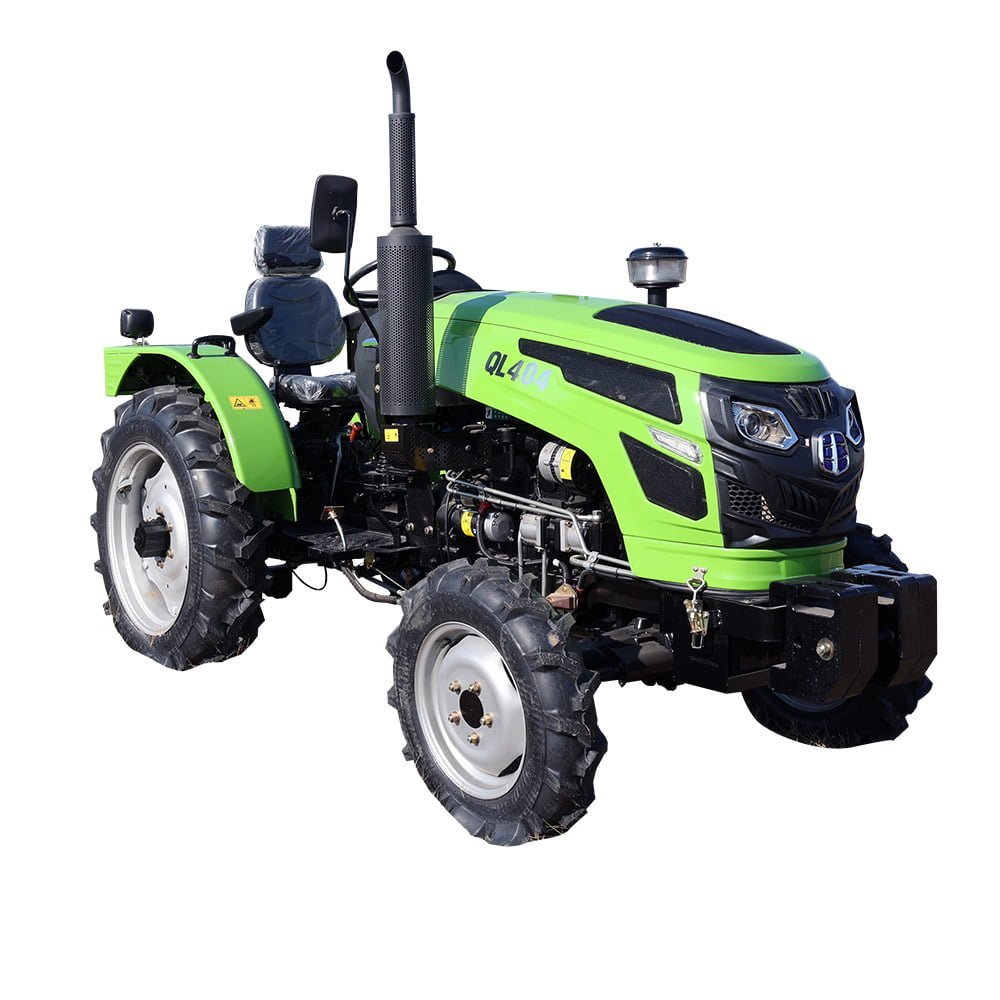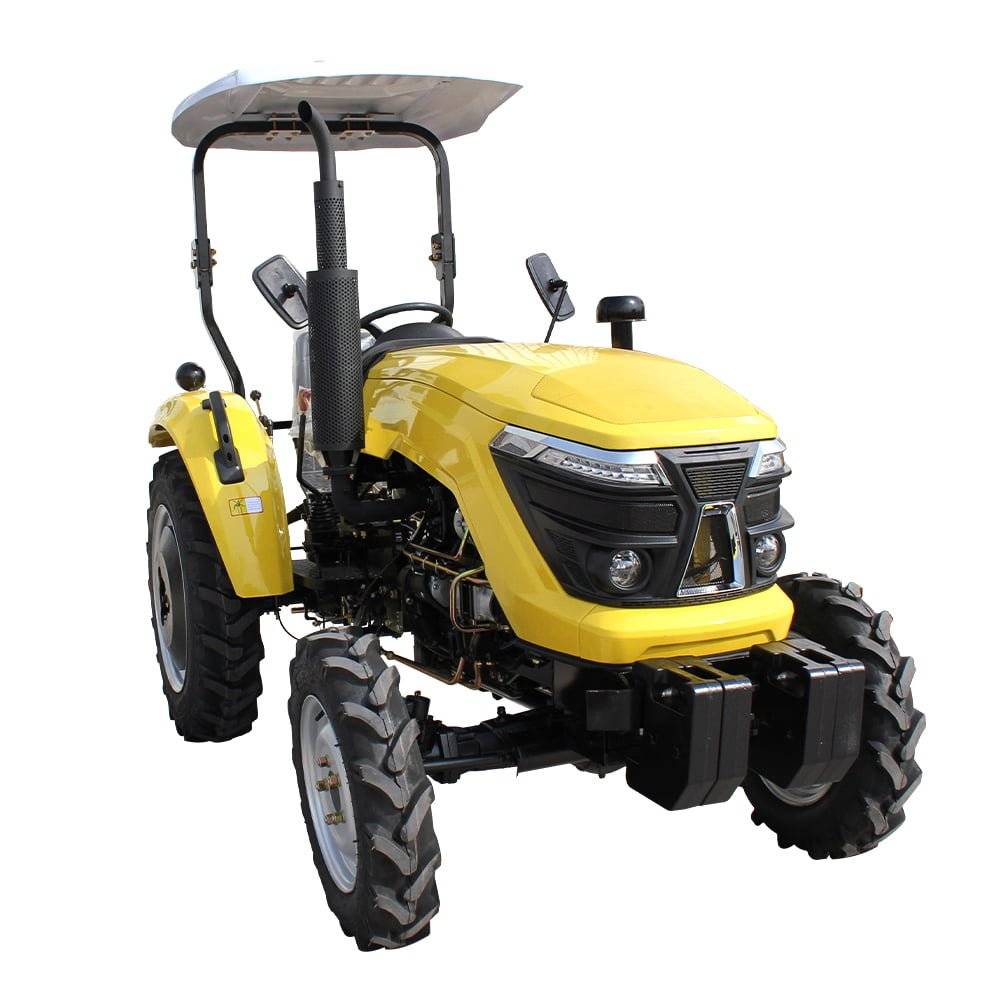Email: [email protected] Whatsapp: 8618266768780
The Evolution of Farm Tractors: A Historical Perspective
The history of farm tractors is a fascinating journey that spans over a century. These remarkable machines have transformed agriculture, revolutionizing the way we cultivate the land and increasing the efficiency of farming operations. In this extensive article, we will delve deep into the historical evolution of farm tractors, exploring their origins, pivotal developments, and the enduring impact they have had on the world of agriculture.
The Birth of a Revolution
The Early Days of Agriculture
Agriculture has always been the backbone of human civilization, and for centuries, it relied on traditional manual labor and animal-driven plows. This labor-intensive approach limited the scale and productivity of farming.
The Need for Mechanical Innovation
As the demand for agricultural products grew with the expanding population, the need for innovation in farming practices became increasingly evident. The first glimmers of mechanization appeared in the 18th century with inventions like Jethro Tull’s seed drill and Cyrus McCormick’s reaper. However, these inventions were only the precursors to the monumental leap forward represented by the farm tractor.
Steam-Powered Giants: The Pioneers
The Advent of Steam-Powered Tractors
The late 18th and early 19th centuries witnessed the birth of steam-powered farm tractors. These colossal machines, often powered by steam engines, were the first true tractors. They provided a significant boost in efficiency and could handle large-scale plowing and cultivation, previously unthinkable with manual labor.
The Steam Engine’s Role
Steam engines were the driving force behind these early tractors. They provided the power needed to replace animal-drawn plows, fundamentally altering the farming landscape.
The Limitations
Despite their power, steam-powered tractors had significant limitations. They were massive, cumbersome, and reliant on a constant source of water. Their size and weight made them unsuitable for smaller farms and hilly terrain.
The Internal Combustion Engine Revolution
A New Era Dawns
The early 20th century brought a seismic shift in tractor technology with the development of the internal combustion engine. This innovation marked the birth of modern tractors and laid the foundation for the mechanized agriculture we know today.
The Rise of Gasoline Tractors
Gasoline-powered tractors became the industry standard during this era. They were smaller, more versatile, and far more practical than their steam-powered predecessors.
The Fordson Tractor
In 1917, the Fordson tractor was introduced, revolutionizing farming by making tractors affordable and accessible to a broader range of farmers. This development led to a significant increase in agricultural productivity.
Mass Production
Ford’s mass production techniques, borrowed from the automotive industry, enabled the rapid production of Fordson tractors. This made them affordable to farmers of all sizes and backgrounds.
The Role of Tractors in World War II

Tractors on the Frontlines
World War II had a profound impact on the development and adoption of tractors. Tractors were repurposed for military use, with many being converted into tanks and other military vehicles. This war effort accelerated technological advancements in tractor design.
The Post-War Boom
After World War II, there was a surplus of tractors and agricultural machinery, which became available to farmers, further boosting agricultural productivity and mechanization.
The Modern Era: Beyond the Fields
Technological Advancements
In recent decades, tractors have undergone remarkable technological advancements. GPS-guided systems, computerized controls, and precision agriculture techniques have transformed tractors into highly efficient and intelligent machines.
Sustainable Farming
Modern tractors are also at the forefront of sustainable farming practices. They enable reduced tillage, precise planting, and the use of cover crops, contributing to soil conservation and reduced environmental impact.
The Future of Farm Tractors
As we look to the future, the evolution of farm tractors continues. Autonomous tractors, powered by renewable energy sources, and integrated with even more advanced AI and robotics, promise to further revolutionize agriculture.
Frequently Asked Questions
Q1: Who invented the first farm tractor?
The first farm tractor is attributed to various inventors, but Richard Trevithick and John Froelich are among the pioneers. Trevithick’s steam-powered “Puffing Devil” and Froelich’s gasoline-powered tractor were early precursors to modern farm tractors.
Q2: What was the impact of steam-powered tractors on agriculture?
Steam-powered tractors significantly increased the efficiency of farming operations by replacing manual labor and animal-drawn plows. However, they were limited by their size and reliance on a constant water source.
Q3: How did the internal combustion engine revolutionize tractors?
The internal combustion engine revolutionized tractors by making them smaller, more versatile, and practical. Gasoline-powered tractors, like the Fordson, became affordable and accessible to a broader range of farmers, leading to increased agricultural productivity.
Q4: What role did tractors play in World War II?
During World War II, tractors were repurposed for military use, accelerating technological advancements in tractor design. After the war, surplus tractors became available to farmers, further boosting mechanization.
Q5: What are some modern advancements in farm tractors?
Modern tractors are equipped with GPS-guided systems, computerized controls, and precision agriculture techniques. They are also leading the way in sustainable farming practices, contributing to soil conservation and reduced environmental impact. The future holds promises of autonomous tractors and renewable energy sources.
About Us
Shandong Qilu Industrial Co., Ltd. is a professional manufacturer and exporter integrating the development and production of excavators, loaders and tractors. We provide the best service, absolutely.
Recent Posts
Video demo
-1.png)
Contact Us Today!
Any question, quote or inquiry? Click the button to send message.
Qilu Industrial will always here to help.


